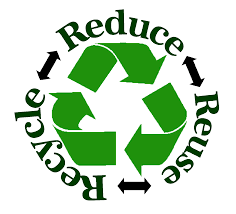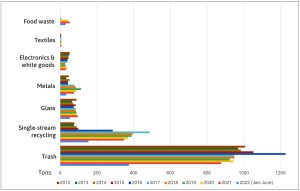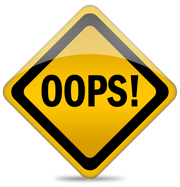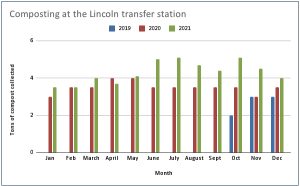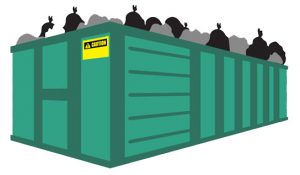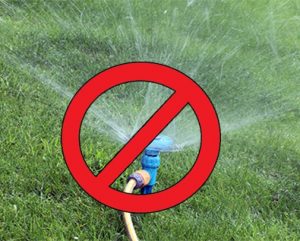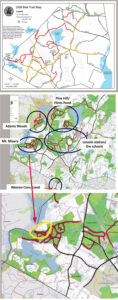 Lincoln will have its own Climate Action Plan next year, thanks to a recent $100,000 grant from the Baker-Polito administration that will fund a consultant to create the plan.
Lincoln will have its own Climate Action Plan next year, thanks to a recent $100,000 grant from the Baker-Polito administration that will fund a consultant to create the plan.
The municipal climate resilience grants administrated by the Municipal Vulnerability Preparedness (MVP) program support cities and towns in identifying climate hazards, developing strategies to improve resilience, and implementing priority actions to adapt to climate change impacts including sea level rise, inland flooding, storms, and extreme temperatures.
Lincoln is one of 73 projects to have received action grant funding in the latest round of applications. With this year’s awards, 97% of Massachusetts cities and towns, or 341 municipalities, are enrolled.
“This grant application was a monumental group effort, thanks in large part to the 27 letters of support we received from citizen groups, individual residents, and town officials and departments,” the Planning Department said in a statement.
Climate Action Lincoln, a subcommittee of the town’s Green Energy Committee, has been advocating for the development of a Climate Action Plan for several years. In 2021, Climate Action Lincoln conducted extensive outreach to 12 town boards and committees and presented at the State of the Town Meeting in November 2021 and at the 2022 Annual Town Meeting on the urgency to plan and prepare for climate impacts and mitigate carbon emissions. Lincoln residents responded by unanimously voting to embark on a process to develop a Climate Action Plan for the town.
The plan will build on the town’s 2019 MVP Community Resilience Building Workshop, which identified seniors, low-income residents, and people living alone as more susceptible to extreme heat and other climate risks. The workshop and corresponding data analysis also identified flooding, severe storms, and droughts as top hazards. The planning process will center on inclusive and equitable community engagement to identify priorities, goals, and strategies for the town to rapidly build community resilience, adapt to these climate impacts, and develop actionable strategies to mitigate greenhouse gas emissions.
Anyone who has questions or would like to be included in the project’s mailing list may email ClimateAction@lincolntown.org.
